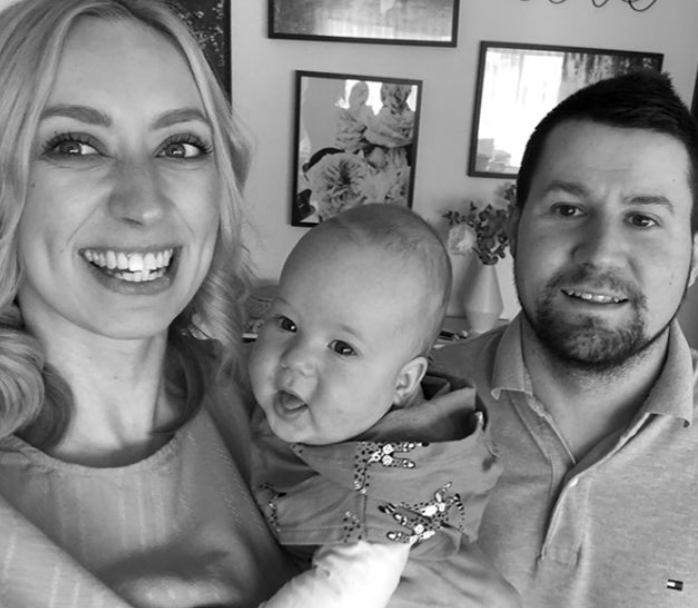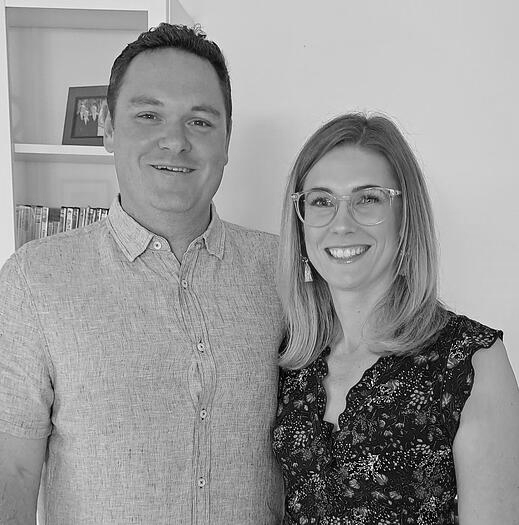These days, owning your own home is no easy feat. You need to save for a deposit, get the right loan and find the perfect home. Not to mention having the time to enjoy the simple pleasures in life, such as a delicious smashed avocado on toast. By following the steps below, you can move from being a ‘home dreamer’ to ‘home owner’ and enjoy the rewards of owning your own home.
Owning your own home is a great dream. But don’t be fooled. It will require you to make some major sacrifices and finding a home requires discipline and effort, not to mention cash. But with some determination and help from governments Australia-wide, you can get on the road to home ownership. We outline 11 basic steps which will help you achieve your dream and turn it into a reality.
Step 1 – How much can you borrow
You should determine how much you can borrow. This amount will vary from lender to lender, and many lenders now offer online calculators that allow you to determine your borrowing limit. You can also ask mortgage brokers, who will have a good idea of how much the lenders on their panel will lend to you based on your income, debts, assets, number of dependants and whether you are buying the property alone or with somebody else.
Step 2 – Claim government helping hands
There are several rebates available for first home buyers from state and federal governments.
The biggest windfall for first home buyers is the Federal Government’s First Home Owner Grant scheme (FHOG). The scheme was introduced in July, 2000, by the Federal Government and involves a tax-free grant of $7,000 to first home buyers. This changes state to state, so please contact us to find out the applicable amounts in your area.
Step 3 – Hunting for a home loan
Borrowers in the market for a competitive home loan need to educate themselves about the different home loans which are available on the market. There is plenty of independent advice available from the many mortgage brokers out there in the market place. Which loan features do you fancy?
Borrowers need to decide which loan features they need. If you’d like the security of knowing exactly the amount of your repayments, then a fixed loan could be for you. If you think interest rates could fall in the future, then a variable rate might be more suitable. Once you’ve determined the type of loan that best suits your needs, it’s time to go mortgage shopping. You’ll need proof of income such as pay slips or recent tax returns, proof of your savings history and other documents that may be required by specific lenders or brokers.
Step 4 – Know the deals in the market
It’s important for borrowers to know what specials are in the marketplace in order to get the best deal.
Whether it’s a lower interest rate, zero establishment fees, frequent flyer points or other value-adds, the more you know about the current home-loan market, the better your negotiation skills when it comes to asking your broker for more product features or a lower interest rate.
Step 5 – Get approval
Having found the best possible deal, it’s time to apply for a home loan, attend a loan interview and get approval. Make sure you have all the necessary documents ready for your broker.
Procedures vary from lender to lender, but it is likely you will be issued with either a ‘home loan guarantee certificate’ or a ‘pre-approval certificate’. This means that, subject to a few conditions, your home loan either has been, or will be, approved when you find the property you want to purchase. One of the main conditions is often a valuation of the property to ensure a buyer isn’t paying too much for a property.
Loan approvals don’t last forever. They typically are valid for around six months, but sometimes up to 12 months. If you find your pre-approval has expired or is about to, contact the broker and see if it can be extended or if you have to re-apply.
Step 6 – Finding your home
Now that you know your budget, it’s time to determine how much ‘home’ is likely to buy you and in which suburbs you can afford to live. The real estate section in newspapers, on the internet, local papers and real estate agents are all useful sources of pricing information. Once you have settled on an area, you should tell a few real estate agents what you are looking for. Remember, real estate agents are employed by the vendor, so make sure you do your own research as well.
Step 7 – Don’t forget building inspections
Anyone buying a home should have it inspected for faults. Make sure the property you buy isn’t a dud – and there are plenty out there, especially in cities where housing stock can be very old and run down. There are number of different inspections to be made depending on the type of property, including:
- building inspections
- pest inspections
- electrical inspections
- strata inspection
- a land/property survey
These inspections are likely to cost anywhere between $200 and $600 each. Don’t baulk at the cost.
It is vital that you find out about any hidden nasties like damp, shifting foundations, faulty wiring and plumbing. Then you can factor in the cost of repairs to the purchase price or decide to drop the deal altogether.
Step 8 – Making an offer
After your inspections, if you’re still satisfied with the property, it’s time to make your next move. While it is important to be cautious in approaching price negotiations, don’t be too inflexible. Afterall, you want this property. The last thing you want is someone beating your best bid by a few hundred dollars, knowing that the property is worth much more.
The most common way to buy property is by private treaty or sale through a real estate agent or directly from the owner. If a property isn’t going to auction, you are saved from the stress of auction day, but are then faced with the daunting question of how much should you offer? If a home price tag says $250,000, this may not be how much the vendor really wants. Many agents say that it’s usually wise to make a lower offer within 5 per cent of the asking price, although this percentage can increase in a slow market. Once your private-treaty offer is accepted and you’ve accepted the sale contract, it’s time to pay the 10 per cent deposit. This is typically given to the real estate agent, who holds it on behalf of the vendor in a special trust fund until the sale is finalised.
Step 9 – Legal legwork
Once you’ve found the property and you have the contract, it’s important that you check the contract carefully to ensure that everything about the property is understood and that there will be no legal surprises after you have purchased it. Signing a contract without a lawyer looking at it first is madness. If you want to make any changes to the contract, now is the time to do it.
Conveyancing
You also need to arrange conveyancing, which is the transfer of property title from one person to another. Most people employ a solicitor or conveyancing expert. The services of a conveyancing specialists cost up to $1,500 and the fee will usually include survey, building and pest reports. Many practitioners, however, offer conveyancing services for as little as $600. Conveyancing fees cover all the costs of the transfer of property, except for stamp duty, and most conveyancing firms will give you a free quote.
Step 10 – The waiting game
Take a deep breath and relax, you’ve earned it. The pace slows a little now as you wait for your legal team to do some tyre-kicking. For the next six weeks, sometimes less and sometimes more, your conveyancer or lawyer will make enquiries about the property. Survey and drainage diagrams will be examined, government departments will be written to, heritage orders will be inspected and council checks will be performed. In other words, the work is usually out of your hands.
A kind vendor may grant you additional time if you are having difficulty meeting the agreed deadline but don’t count on it. The chances are that the property is also costing them money (through their own mortgage repayments or lost interest) and they are under no obligation to give you more time.
Step 11 – Settlement at last
Settlement day is the day that you or your representative meets with the vendor to swap your cheque with their title of ownership. Cherish this moment, because with most people this certificate will quickly go to your lender, unless you are lucky enough to purchase the property outright!
Government departments need to be notified of the change in ownership, and this is typically taken care of by your solicitor or conveyancer. You should have the building insured at the time of settlement otherwise some lenders won’t lend you money. To remove any ambiguity, a safe course of action is to insure the property as soon as you exchange contracts.
Enjoy the feeling! Congratulations, you are now the proud owner of your new home and you’re ‘in the property market.‘ No more being looked down upon by property owners, no more rent inspections!
Buying your first home is a major achievement and it involves time and effort. Invest in those factors, and the payoffs could be huge. Mistakes will be made and lessons will be learnt, but isn’t that what life is all about?
And remember, we’re here to help! Home ownership and money management is what we’re passionate about – and we want to help YOU along the road to securing your financial future. Get in touch today to start your journey to financial freedom. Call us on 1300 882 931 or email us now.
Scott Parry, founder and CEO of Crown Lending, has been helping Australians manage their finances for close to a decade. Since launching his mortgage and debt management business from scratch in 2004, Parry has provided an alternative to the big banks that has consumer interests firmly at its core.
From a one-man office in Perth, Crown Lending has expanded to a national company that manages more than $250 million in home loans. This growth can be attributed to Parry’s radically simple approach to personal finance, addressing the number one financial concern for most Australians – debt reduction.





























